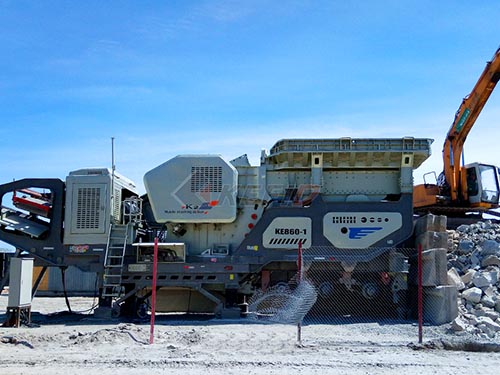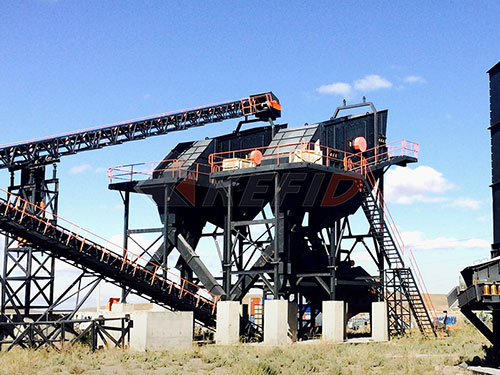Hammer Crushers: The Robust Workhorses of Material Size Reduction
Hammer crushers stand as fundamental and highly versatile machines within the vast landscape of mineral processing, quarrying, recycling, and various industrial sectors where efficient size reduction of materials is paramount. Characterized by their relatively simple design yet formidable impact force, these machines excel at transforming large chunks of brittle and medium-hard materials into smaller, more manageable fragments or powders. Understanding their principles of operation, components, applications, advantages, limitations, and key selection factors is crucial for optimizing their performance in diverse operational settings.
The Core Principle: Impact Crushing
At its heart, a hammer crusher operates on the principle of impact crushing. The primary mechanism involves:
1. Feeding: Raw material enters the crusher chamber through a feed chute.
2. Impact: High-speed rotating hammers mounted on a central rotor collide violently with the incoming feed material.
3. Shattering: The kinetic energy transferred from the hammers shatters the material upon impact.

4. Secondary Breakage: Shattered particles are hurled against fixed breaker plates or liners lining the inside walls of the crushing chamber.
5. Attrition: Further size reduction occurs as particles collide with each other within the turbulent environment of the chamber.
6. Sizing & Discharge: Smaller particles pass through grate bars or screens located at the bottom of the crushing chamber once they reach the desired size. Oversized material remains within the chamber for further impacts until it fractures sufficiently.
This combination of direct impact against hammers and breaker plates, coupled with inter-particle collisions and attrition against grates/screens, makes hammer crushers exceptionally effective for friable materials.
Components & Design Variations
A typical hammer crusher comprises several critical components:
1. Rotor Assembly: The core rotating element carrying multiple rows of hammers.
Hammers: These are the primary wear parts responsible for delivering impact energy. They come in various shapes (e.g., rectangular blocks with blunt ends or pointed picks), weights, materials (high manganese steel – Hadfield steel – being most common), and mounting systems (fixed rigidly or suspended on pins allowing some movement). Replaceable wear plates often protect hammer ends.
Rotor Shaft: A robust shaft transmitting power from the drive system.
Rotor Discs: Plates mounted perpendicularly along the shaft onto which hammers are attached.

2.

Leave a Reply